What expression do we use to refer to the acronym PEMDAS by and what does each letter stand for?
Hint: This is the catchy saying we have been using all week for order of operations.
Answer:
“Please Excuse My Dear Aunt Sally”
Here’s what each letter stands for in PEMDAS, which helps us remember the order of operations in math:
P – Parentheses ( )
E – Exponents (like squares and cubes)
M – Multiplication
D – Division
A – Addition
S – Subtraction
👉 Remember: We solve problems in this order, starting with parentheses and going down the list!
(And multiplication/division happen left to right, same with addition/subtraction.)
A box has 36 pencils. If you want to put them into 6 equal packs, how many pencils will be in each pack?
Answer:
6 pencils per pack
Use the Bar Graph below to answer the following questions with your group. (All answers must be complete to earn the point for your team.)

Answers:
1. 6
2. 2
3. 4
4. 7
5. Fish
🟦 Look at the number line:
0 ———|———|———|———1
There are 4 equal parts between 0 and 1.
👉 What fraction is at the second mark?
Choices:
A) 1/4
B) 2/4
C) 3/4
D) 4/4
Answer:
2/4
What is the Communitive Property of 10x6?
Answer:
6x10
What is (4+2)×3?
18
Maria baked 24 cupcakes for her party. She wants to give an equal number to 8 friends. How many cupcakes will each friend get?
Answer:
3 cupcakes each
Answer the following questions with your group (All areas must be complete).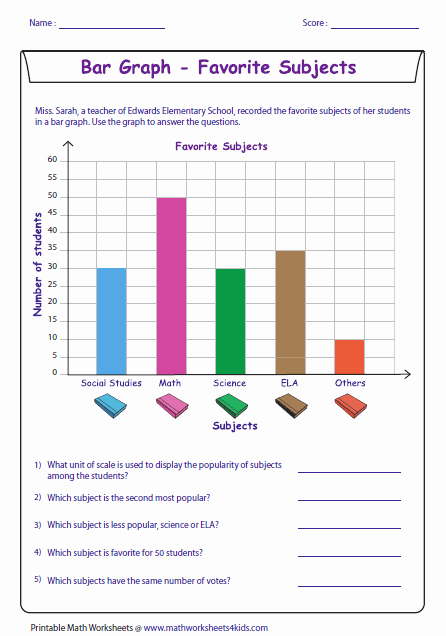
Answer:
1. 5
2. ELA
3. Science
4. Math
5. Social Studies and Science
Which fraction is equivalent to
4/8
?
🟢 Answer:
1/2
What is 64 divided by 8 equal to?
Answer:
8
Which two expressions are equivalent to:
5 × (7 + 2)?
A. (2 + 7) × 5
B. (5 × 7) + (5 × 2)
C. 5 + 7 + 2
D. 8 × 5
E. (5 + 7) × 2
🟩 Answer: A and B
(2 + 7 = 9 → 9 × 5 = 45) ✅
(35 + 10 = 45) ✅
There are 5 rows of chairs. Each row has 8 chairs. How many chairs are there in all?
Answer:
40 chairs
Ethan sold 20 oatmeal cookies and only 15 sugar cookies.
How many more oatmeal cookies did he sell than sugar cookies?
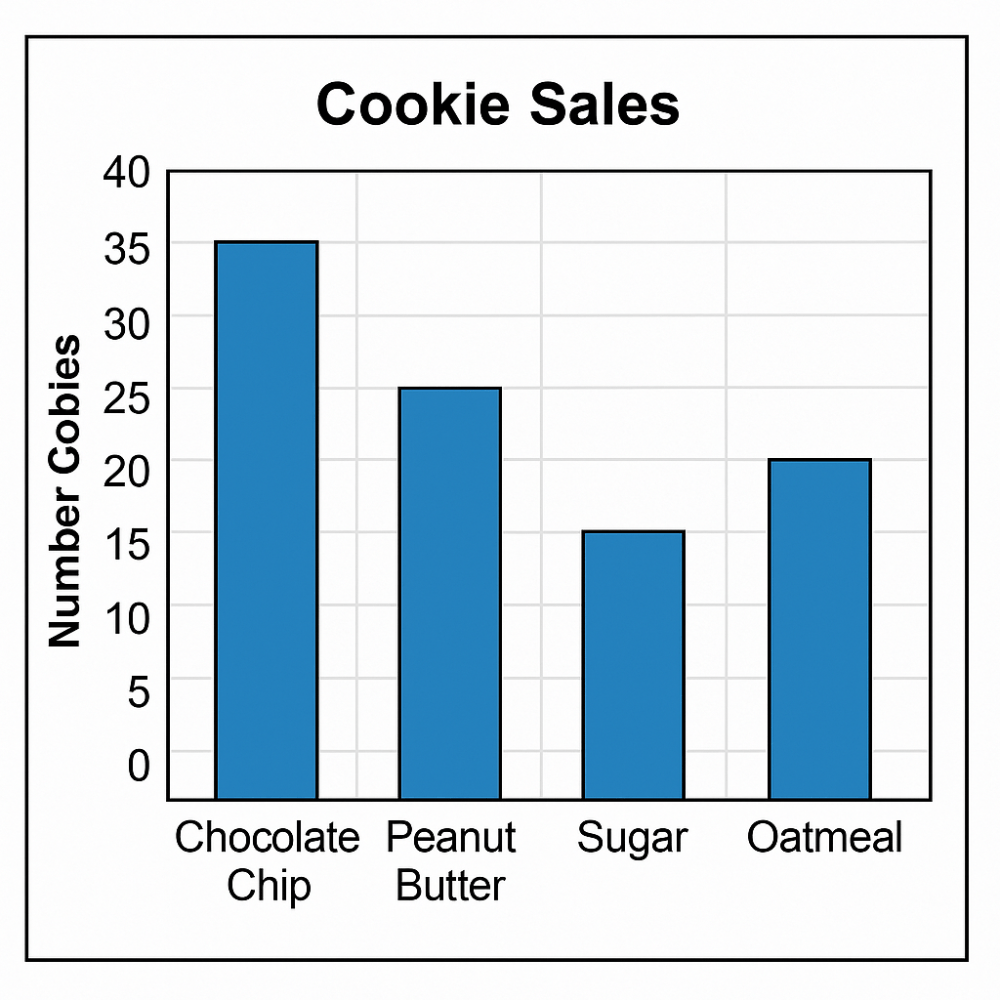
Answer:
5
Flora picked
2/6
red roses and
2/8
white roses. Which did she pick more of?
Answer:
Red Roses
What is greater
1/2 or 2/3
Answer:
2/3
Which two expressions are equivalent to:
6 × (4 + 1)?
A. (3 + 3) × (2 + 3)
B. (6 × 4) + (6 × 1)
C. 6 × 4 + 1
D. 5 × (6 + 1)
E. (2 + 4) × (3 + 4)
🟩 Answer: A and B
(3 + 3 = 6; 2 + 3 = 5 → 6 × 5 = 30) ✅
(6 × 4 + 6 × 1 = 24 + 6 = 30) ✅
Sasha has 9 packs of stickers. Each pack has 5 stickers. How many stickers does she have?
Answer:
45 stickers
What is the total number of cookies that were baked for the cookie sale?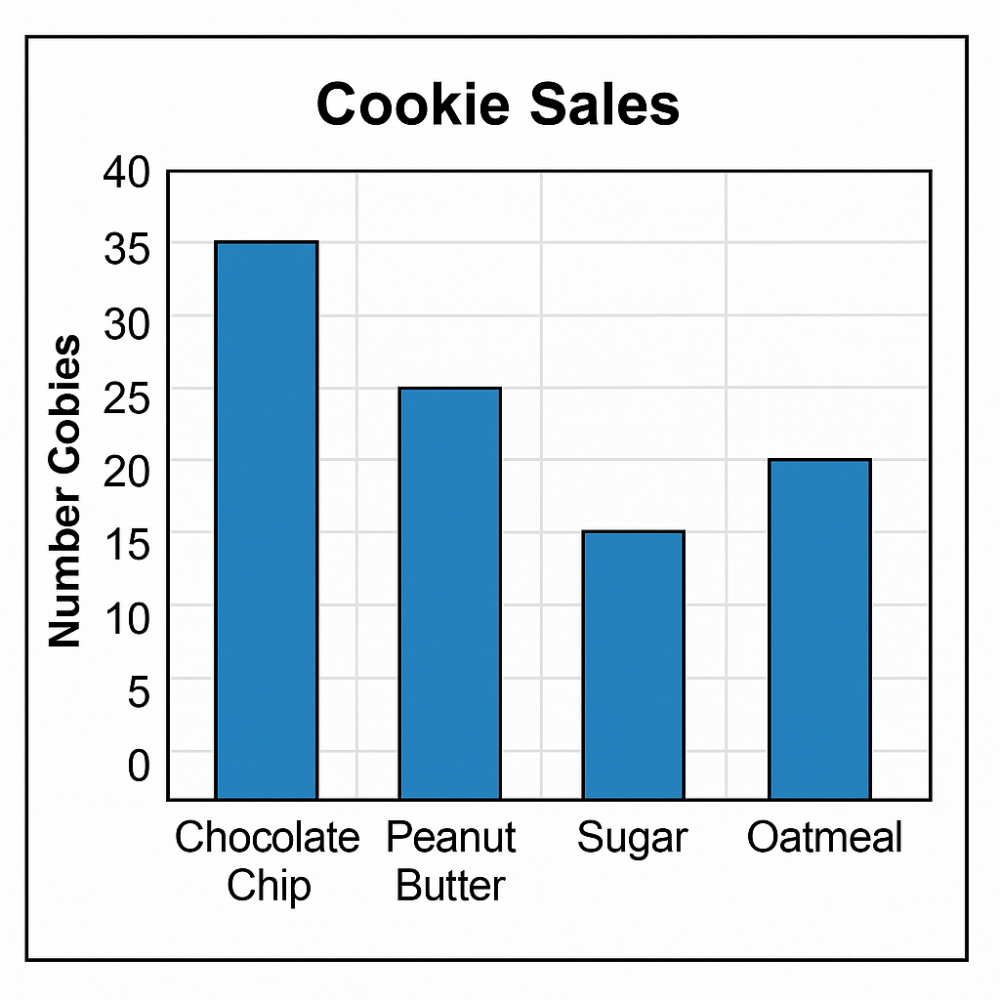
Answer:
95
Is the inequality correct?
*Show your work to prove or disprove it.
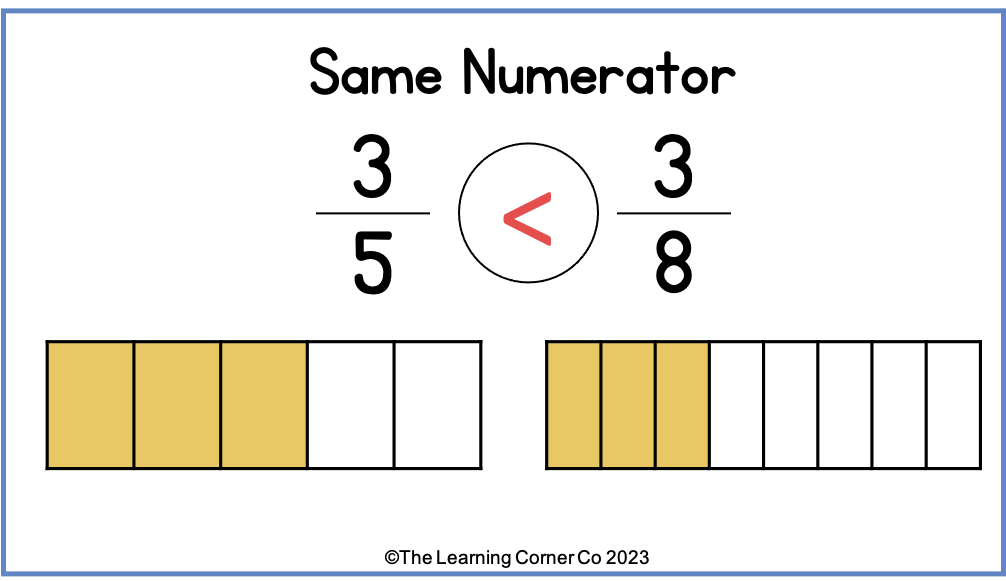
Answer:
It is incorrect because 3/5 is larger than 3/8.
Which is the larger inequality?
2/3 or 4/8
Answer:
2/3
Which two expressions are equivalent to:
8 × (2 + 6)?
A. 16 + 48
B. (8 × 2) + (9 × 6)
C. (4 + 4) × (3 + 5)
D. (2 + 6) × 8
E. 8 + 2 + 6
🟩 Answer: A and D
(16 + 48 = 64) ✅
(2 + 6 = 8 → 8 × 8 = 64) ✅
Each tray holds 6 cookies. If the baker has 7 trays, how many cookies did she bake?
Answer:
42 cookies
Draw a frequency table and explain what it is used for?
A frequency table is a way to organize and count how many times something happens. It uses numbers and tally marks to help you see the information clearly.
We use a frequency table to:
Keep track of data
See patterns or which things happen the most
Make it easier to understand and compare information
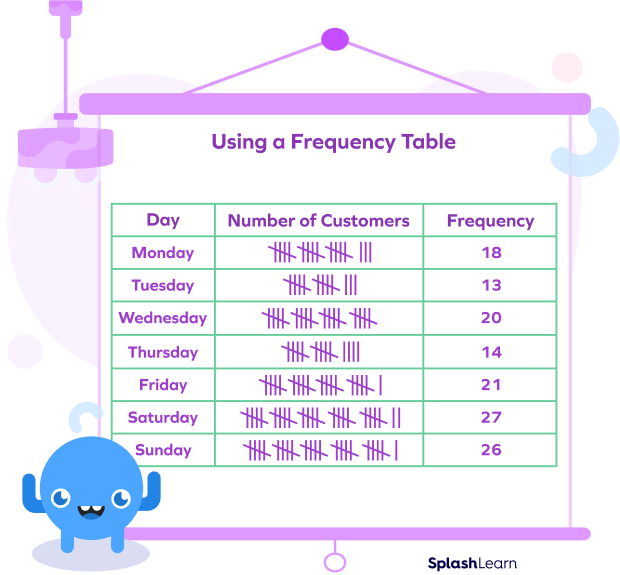
Which fraction is larger? Write your answer in the form of an inequality.
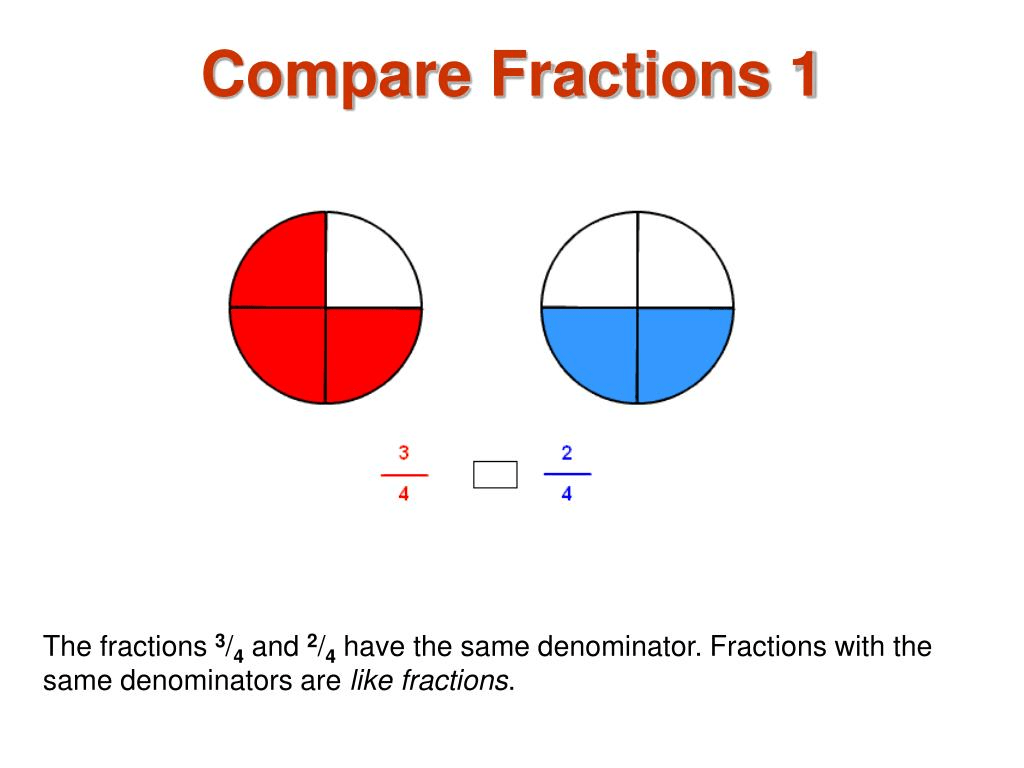
Answer:
3/4
How many sides does a Quadrilateral have?
Draw it with all sides
Decide if it is a regular or irregular polygon.
Answer:
Quadrilaterals are polygons with four sides. They include shapes like squares, rectangles, rhombuses, and parallelograms.